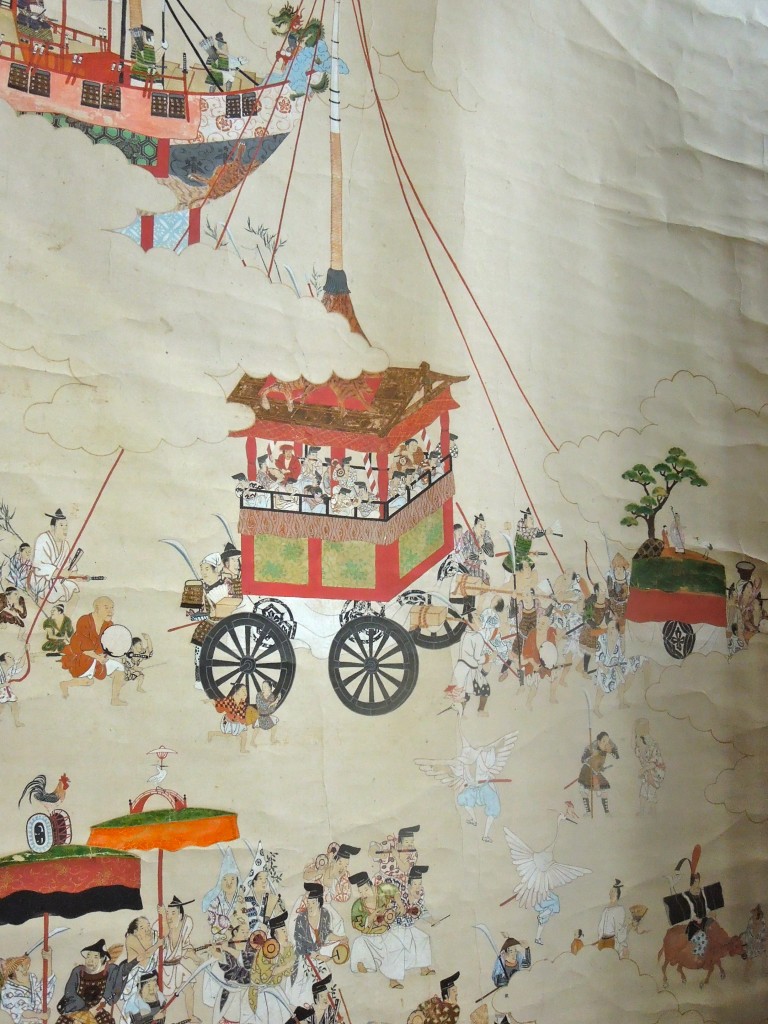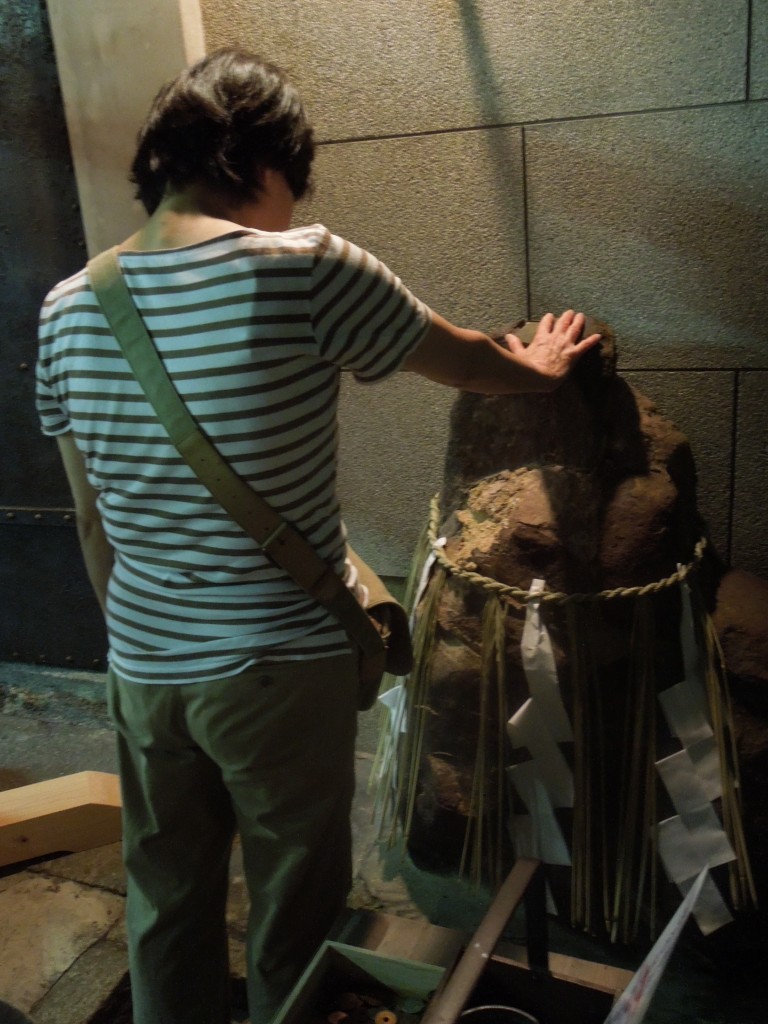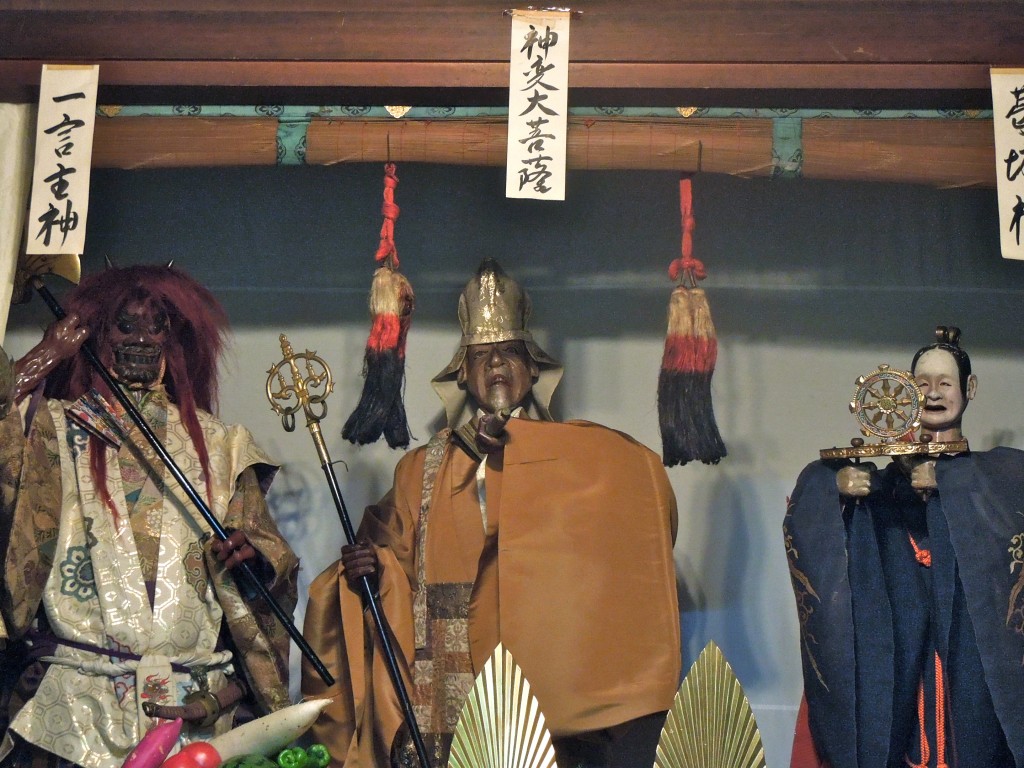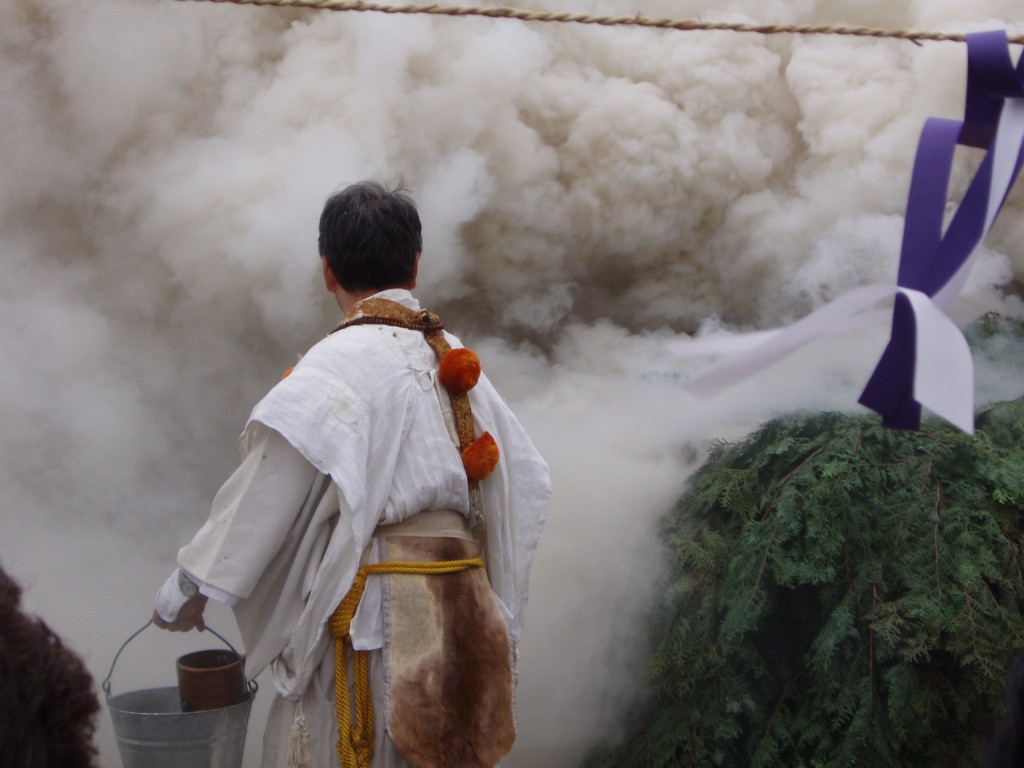The Gion Matsuri goes on! Though the parade is over, the month-long festival continues. The floats have been disassembled and put away for another year, though the mikoshi of Yasaka Jinja are still at their otabisho (resting place) on Shijo street, where they will remain until the 24th. There are still a few interesting events to be held over the next week or so.

Painting of Gion Matsuri in days gone by
There were originally 66 floats, one for each of the 66 provinces in Japan. According to Gion Matsuri expert, Paul Carty, there are currently 32 floats in the Gion Festival but from next year there will be 33. How come?
Well, it seems that with great excitement one of the traditional floats (Ofune hoko) is being revived. Moreover, it’s a key float which always ended the parade until it was destroyed in the great conflagration of 1864.
With the arrival of the new float, the parade will be split into two parts as it was in former times, one to be held on the 17th and one on the 24th. It seems 2014 is going to be an interesting year for the Gion Matsuri! (The type and order of the floats in the parade can be found on a useful visual overview here.)
There are two main types: yama and hoko. Yama means ‘mountain’, and the floats bear a pine tree in reference to Shinto’s origins when spirits were thought to descend onto mountains and into trees. Hoko floats are distinguished by a large spire rising skywards, as if a conductor for spirits to descend onto.
Hoko floats
Weight: about 12,000 kg
Height: about 25 m from ground to tip
Wheel diameter: about 1.9 m
Attendants: about 30–40 pulling during procession, usually two men piloting with wedges
Yama floats
Weight: 1,200–1,600 kg
Height: about 6 m
Attendants: 14–24 people to pull, push or carry
What is fascinating about the floats is that each has its own character, its own history, its own neighbourhood and its own object of veneration – often quite unique and seemingly unrelated to others.
Several reflect the strongly syncretic nature of Yasaka Jinja’s past, when it formed part of a Gion temple (still today it’s known as Gion-sha). Gion is in fact a reference to the first monastery built for Buddha in India, named Jetavana Vihara which was translated into Japanese as Gion Shija.

A rock that according to legend En no Gyoja once rested against. By touching it, one can take on some of his ascetic powers acquired from nature through arduous austerities and worship-ascents of mountains.
According to Joseph Cali in Shinto Shrines, until the Meiji Restoration the shrine was a miyadera under the control of the Tendai sect based on Mt Hiei. (Its main object of worship was the syncretic deity Gozu Tenno, which has Indian Buddhist origins.)
The pragmatic Tendai sect embraces most variants of Buddhism found in Japan (including Zen meditation), which is why there is a great variety of belief found among the Gion floats too.
One example is the En no Gyoja float, celebrating the founder of Shugendo (mountain asceticism), which is closely associated with Esoteric Buddhism. (Though the Meiji fanatics banned Shugendo, it’s so rooted in the Japanese psyche that it survived.)
The float traces its history back to before the Onin Wars of 1467-1477, and uniquely in the parade it’s carried on the shoulders of its bearers. The main puppet it contains, unsurprisingly, is that of the seventh-century En no Gyoja himself.
The Shugendo founder is accompanied by a god known as Hitokoto-nushi no kami and the spirit of Mt Katsuragi known as Katsuragi-shin. (Hitokoto-nushi appears in a legend where En no Gyoja asks him to span a bridge between two high mountains. Mt Katsuragi was where the Shugendo founder originally lived and developed his secret powers.)
On the eve of the parade (July 16), Shugendo practitioners from Shogo-in known as yamabushi perform the goma-daki rite in which a huge pile of pine is burnt with dramatic flames and smoke billowing out. The smoke is believed to have a purifying effect which cleanses the surrounds of any evil spirits and pests, so many people throng around the fire to have the smoke waft over them and protect them throughout the coming year.

The puppet dolls that go on the En no Gyoja float. From left to right: the deity Hitokotonushi no kami; Jinben Daibosatsu (posthumous name of En no Gyoja); and Katsurag shin (kami of Mt Katsuragi)

A Shogo-in yamabushi (mountain ascetic) conducts the stunning gomaki fire ceremony

Leave a Reply